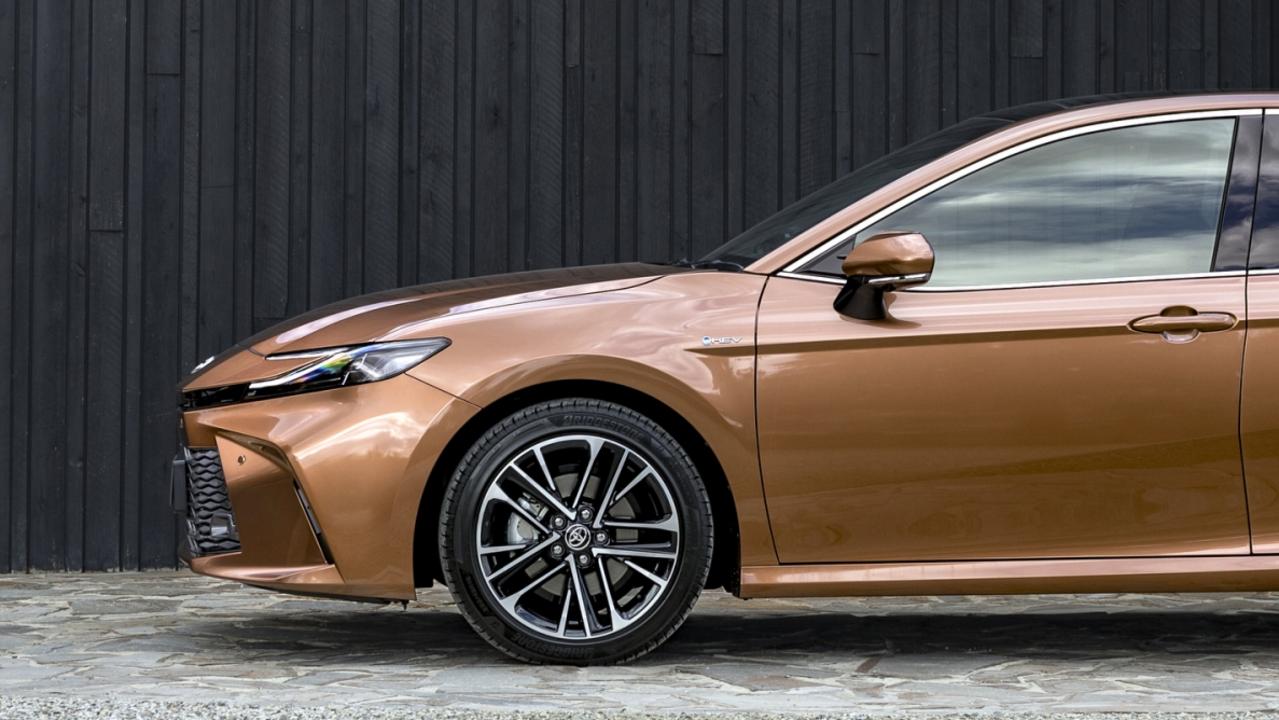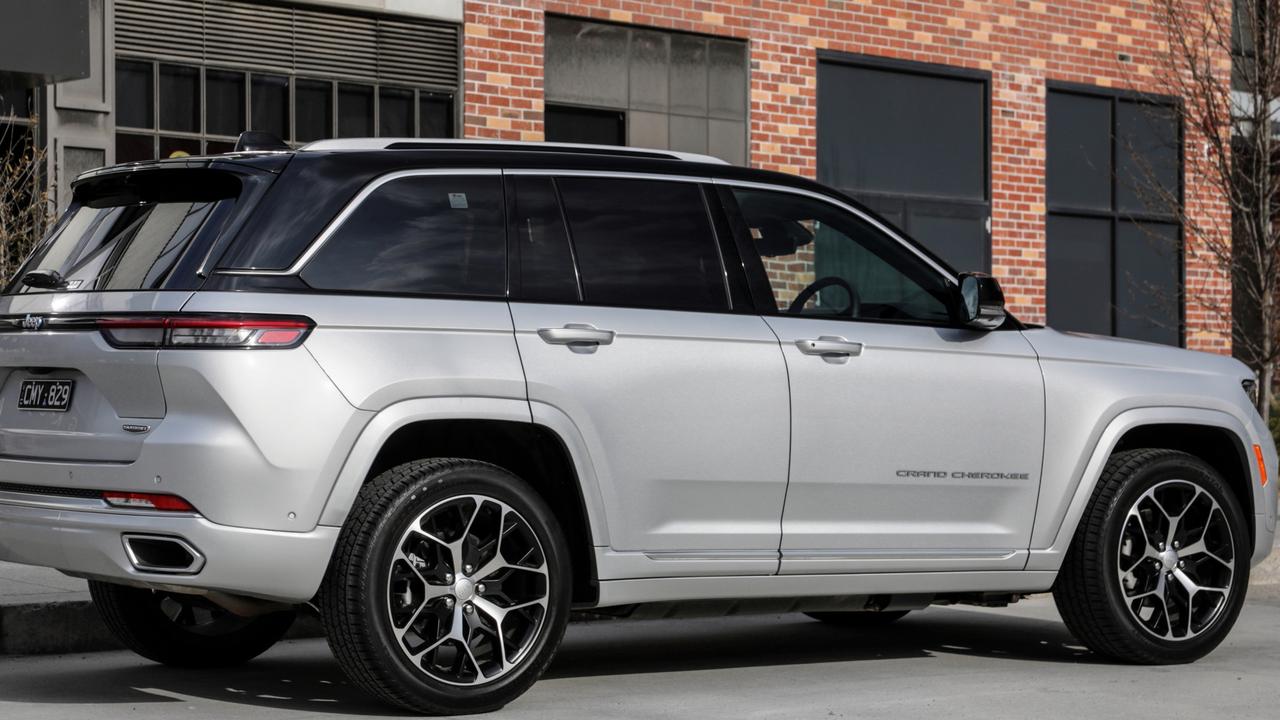GWM Ute review: Cut-price workhorse to tempt buyers
Sales of Chinese cars are booming in Australia, and with the arrival of the country’s latest ute it is easy to understand why.
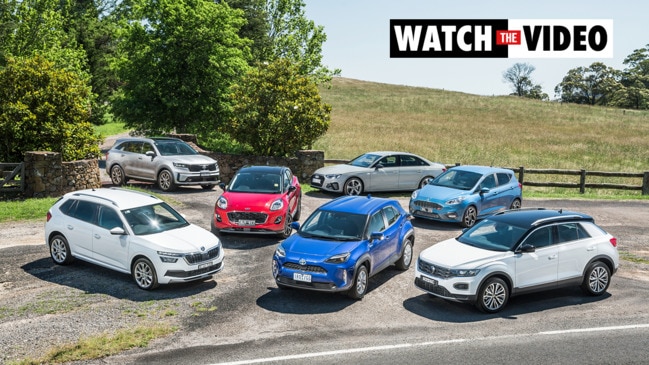
New Cars
Don't miss out on the headlines from New Cars. Followed categories will be added to My News.
GWM – formerly Great Wall – has had a few cracks at breaking the Aussie ute market, but its latest example, named Ute, is a giant leap forward.
We find out whether now is the time to buy a Chinese built workhorse.
VALUE
The GWM Ute is a bargain: the base Cannon is priced at $33,990 drive-away and rises to $40,990 drive-away for the top-shelf Cannon-X. We are testing the mid-tier Cannon-L costing $37,990.
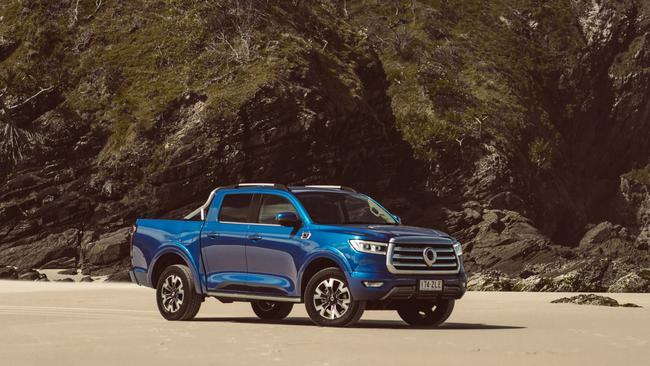
It is hard to look past the GWM Ute’s price tag, which is about $20,000 cheaper than a similarly equipped Toyota HiLux and Ford Ranger.
There is a long list of standard convenience and luxury features inside to tempt buyers to come have a closer look.
Handsome looks complete with big 18-inch alloy wheels, chrome grille and muscular stance means it fits the tough guy profile of most dual-cab utes on the market.
GWM guarantees the Ute for seven years/unlimited km, plus it also provides five years free roadside assist.
There is no capped price servicing program and intervals are short at 12 months/10,000km.
COMFORT
The Ute’s cabin is a pleasant experience, with a high driving position and firm but comfortable seats, which are easily adjustable. The front pair also get a heating function.
Airconditioning was a lowlight with the unit struggling to cool the cabin during a run of 30-plus days, and the faux black leather upholstery became hotter than the sun after a spell out of the shade.
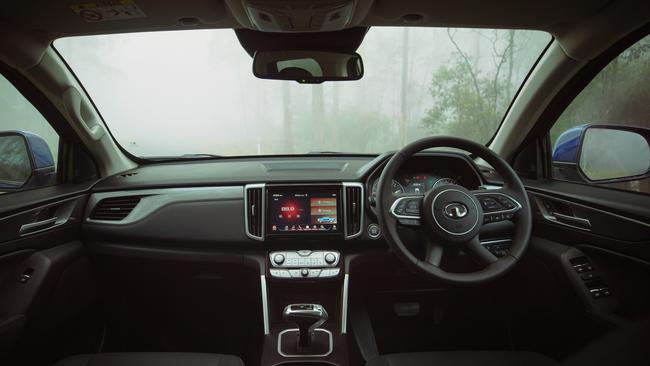
Connectivity is taken care of by a sizeable nine-inch touchscreen that is compatible with Apple CarPlay and Android Auto.
The information controls can be a bit fiddly and you’ll have to do a deep dive to find out how to get a digital speedo on the 3.5-inch digital instrument display.
There is plenty of room in the second row, and back seat passengers are treated to two aircon vents.
A little step ladder at the rear of the tray is a nice touch, allowing for easy access to the farthest corners of the load area.
The ride is unsettled, jiggling over bumps of all sizes, but this isn’t uncommon among utes and should settle down with a bit of weight in the tray.
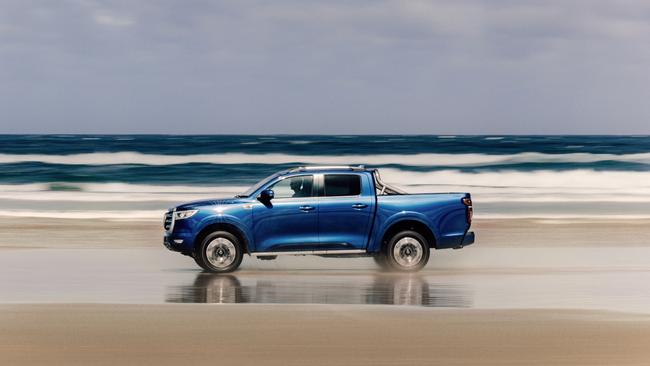
SAFETY
ANCAP hasn’t given the Ute a safety score yet, but it has all the relevant equipment to put it on the right course to achieve five stars as long it holds up in the physical crash test.
There are seven airbags including a centre airbag.
Auto emergency braking comes with both pedestrian and cyclist detection. The lane keep assist function can be a little overbearing, attempting to steer for you on too many occasions.
DRIVING
Power comes from a 2.0-litre four-cylinder turbodiesel unit making 120kW and 400Nm, which is matched to an eight-speed auto delivering power to all four wheels.
On paper this looks underpowered compared to larger capacity turbodiesels powering mainstream players.
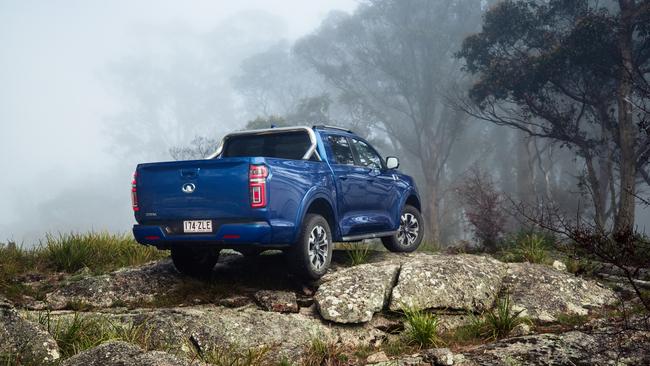
In reality the Ute has enough grunt to do its daily chores, but that might be a different story if it was asked to fully use its 1050kg payload and 3000kg towing capacities.
The European-sourced transmission makes the most of the vehicles modest torque figures, but there is noticeable turbo lag on take-off so give yourself extra time when crossing traffic.
All-in-all the Ute drives much like most dual-cabs on the market – it has heavy, slow steering and a giant turning circle.
The Ute was surprisingly quiet, with decent insulation absorbing most of the road noise and gruff diesel engine roar.
It’s thirsty, drinking a claimed 9.4L/100km, but you’ll see closer to the 10L mark most of the time.
VERDICT 3.5/5
Packed with gear, safe and surprisingly capable on the road. Needs a more refined engine and improved ownership credentials. A good effort, which closes the gap between the mainstream workhorses.
ALTERNATIVES
LDV T60 Luxe Auto, $37,358 drive-away
The Chinese brand has a strong background in commercial vehicles, but its underpowered engine is a worry.
SsangYong Musso ELX Auto, $34,990 drive-away
Sharply priced with 3500kg towing, but misses out on some safety gear.
Mitsubishi Triton GLX, $39,790 drive-away
Monster 10-year warranty, but you’ll need to pay more for similar standard safety and equipment.
GWM UTE CANNON-L VITALS
Price: $37,990 drive-away
Engine: 2.0-litre four-cylinder turbodiesel, 120kW/400Nm
Warranty/servicing: 7 years/u’ltd km, 10,000km/12 months uncapped
Safety: 7 airbags, Auto emergency braking with pedestrian and cyclist detection, lane departure warning, lane keep assist, 360-degree camera
Thirst: 9.4L/100km
Towing: 1050kg payload and 3000kg towing
Originally published as GWM Ute review: Cut-price workhorse to tempt buyers


